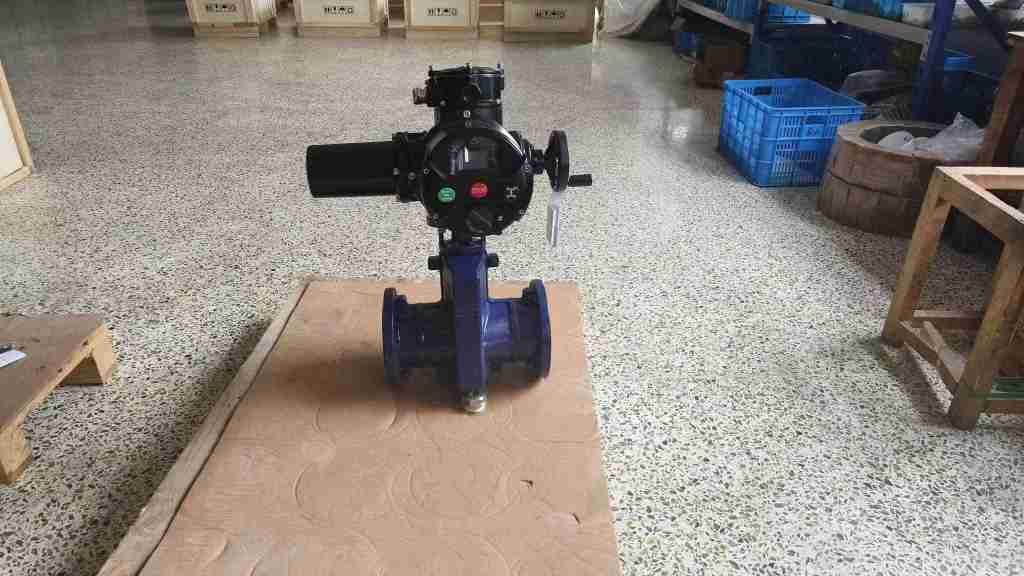The Electric Pinch Valve is a specialized device that offers a unique and highly efficient method of controlling the flow of various fluids in a wide range of industries. Unlike traditional valves that rely on mechanical seals or diaphragms, the Electric Pinch Valve uses a flexible tube and a clamping mechanism to regulate flow, making it an ideal choice for handling challenging fluids such as slurries, viscous liquids, and abrasive materials. In this article, we will explore the working principle, key features, applications, and advantages of Electric Pinch Valves, shedding light on their growing importance in modern fluid control systems.

Working Principle of Electric Pinch Valves At its core, the Electric Pinch Valve consists of a flexible elastomeric tube, usually made from rubber or similar materials, which is held within a valve housing. The valve features a set of pinchers or clamping elements that are operated by an electric actuator. When the valve is in its open state, the pinchers are relaxed, allowing the fluid to flow freely through the tube. Conversely, when the valve is closed, the electric actuator drives the pinchers to clamp the tube tightly, restricting or completely stopping the flow of the fluid. The key aspect of the Electric Pinch Valve’s design is that it controls flow by directly compressing the flexible tube. This eliminates the need for mechanical seals or other internal moving parts that could wear out or become clogged over time, making the valve exceptionally reliable in harsh or challenging conditions.